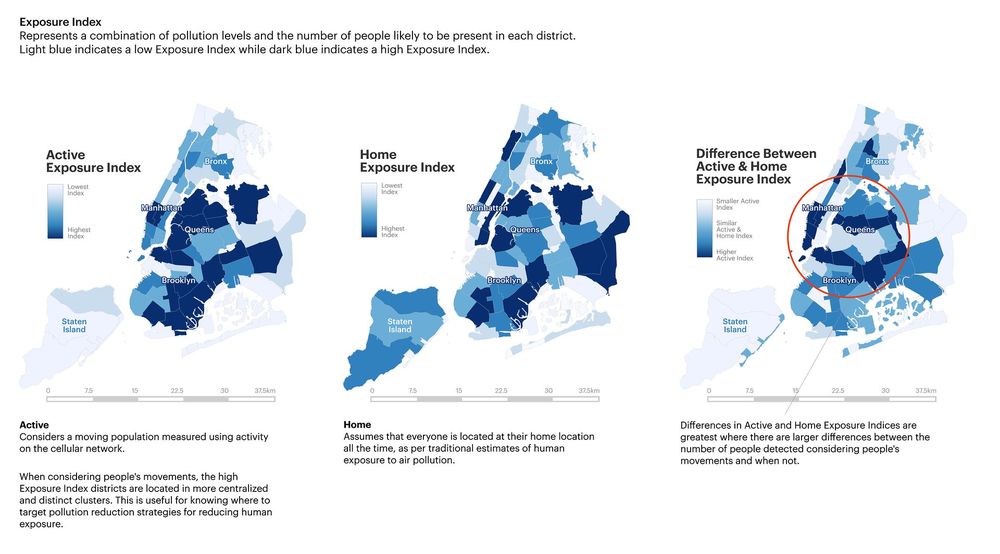Sustainability for Shrinking Cities
(9 page pdf, Dustin L. Herrmann, William D. Shuster, Audrey L. Mayer and Ahjond S. Garmestani,
Sustainability, Editorial, Sep. 7, 2016)
Today we review an overview (and editorial) focused on sustainability for cities in the face of increasing urbanization worldwide and to the recent trend toward shrinking cities because of economic depression and the hollowing out of city centres as a result. Many large growing, economically-
healthy cities tend to replace urban greenspace and urban parkland with high income residential or commercial developments with significant negative impacts on a healthy environment. Shrinking economically poor cities on the other hand are faced with vacant downtown lots some of which steer toward
sustainable cities through improved water filtration, dampening of urban flash floods and carbon sequestration. For many coastal cities, sea level rise and threats to
human health from more frequent hot spells as a result of climate warming are other issues on cities to adapt sustainably with more thoughtful
urban planning.
 Key Quotes:
“
Key Quotes:
“Observations of past urban dynamics indicate that cities commonly undergo contraction phases …though there remains a need to identify what a sustainable trajectory is for shrinking cities.”
“a shrinking city can be considered one with a smaller population or economy compared with its past; although, even a threshold of time may invoke an arbitrary designation. Any definition of a shrinking city is confounded with the fact that cities are composed of parcels, streets and neighborhoods that can have different growth and shrinkage trajectories than that of the city in the aggregate”
“A general goal for the shrinking city was suggested…. as “aligning a city’s built environment with the needs of existing and future populations by adjusting the amount of land available for development”.
“In the U.S., the second half of the 20th century was marked by the
urban decline era…which saw population loss from the city core via rapid suburbanization, which was facilitated by federal government backing of highway construction.”
“The shift in urbanization in favor of dense, and arguably traditional, urban neighborhoods can create the circumstances for stabilization in shrinking cities.”
“One significant difference between growing and shrinking cities is the proportion of green space providing
ecosystem services which can help accomplish sustainable city goals .. Growing cities experience a net loss of green space, as there is high competition for space with other urban uses. Shrinking cities conversely are faced with an increasing extent of green space, typically in the form of vacant land.”
“the emerging green space could provide ecosystem services such as water filtration and carbon sequestration, and given appropriate governance are a resource shrinking cities can use to transition to sustainable trajectories”
“For shrinking cities (e.g., Cleveland) that wish to slow decline and stabilize for sustainability, catalyzing change in infrastructure from gray to
green infrastructure is a path to facilitate transformation"
“the issue of legacy soil lead burden in vacant lands … offers a new framing of the problem by promoting human (learning and knowledge), social (urban gardening), and technical (soil testing as a data feedback) capitals to mitigate against soil lead availability, and leverage available natural resources toward urban agroecosystems that benefit local communities.”
“sea level rise has many of the same outcomes shrinking cities experience through population loss, such as compromised infrastructure and new public health risks experienced by vulnerable populations.”
“mid-size cities, shrinking or growing, are unique compared to large cities because they are more reliant on local ecosystem services. As such, a strategy for countering shrinking in mid-size cities may be acknowledging and leveraging this reliance for greater flexibility.”














































